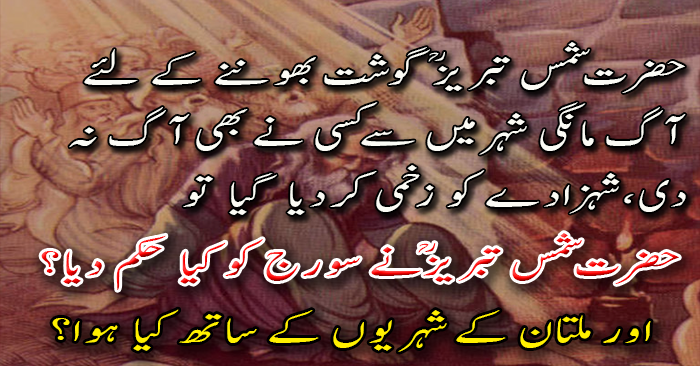
In the prologue to the Masnavi, Rumi writes:

Rumi's Masnavi is unanimously considered as one of the greatest works of mystical poetry and religious literature."

The eminent 15th century Persian Sufi poet, Jami called Rumi's Masnavi 'The Quran in Persian Language'. Rumi puts these dramatic vignettes to good purpose, drawing from them theological conclusions, pointing them with morals that illustrate his spiritual and mystical perceptions, and admonishing his readers to deeper understanding and higher aspiration. Rumi does not approach his theology in any systematic fashion rather, the Masnavi is composed of parables nested within stories, interrupted by funny anecdotes or bawdy jokes, designed to reel in his audience. The aim is to explain the very roots of spirituality and the meaning of religion as understood by those who tread the mystical path, and thus to provide a guide for the thinking person to resolve everyday moral and metaphysical quandries as a true Sufi might. In the Masnavi, Rumi deals with many of the major questions of Islamic theology, addressing himself not primarily to learned scholars, but to ordinary people, using lively and accessible arguments to capture their attention. These two themes are personified by Rumi in the Biblical and Quranic figure of the Prophet Moses.īooks 5 and 6: These last two books are joined by the universal ideal that Man must deny his/her physical earthly existence to understand God’s existence. Book one of the Masnavi must be read in order to understand the other five volumes:īooks 1 and 2: They “are principally concerned with the nafs, the lower carnal self or Ego, and its self-deception and evil tendencies.”īooks 3 and 4: These books share the principal themes of Reason and Knowledge. The six books of the Masnavi can be divided into three groups of two because each pair is linked by a common theme. It conveys its message almost entirely through stories of varying length. The material which makes up the Masnavi is divisible into two different categories: theoretical discussion of the principal themes of Sufi mystical life and doctrine, and stories of fables intended to illustrate those themes as they arise. Like many such collections that came before it, Rumi's Masnavi contains within its tales references to the Quran, the sayings of Prophet Muhammad, Muslim history, famous saints and sinners, poetic allusions, and tales of animals and fantastic events. The Masnavi is set up in the classic style of a Sufi teaching manual. The Masnavi contains thousands of rhyming couplets (a type of poetry called, in Arabic, Mathnawî) with stories, ethical teachings, and deeply spiritual Sufi teachings. The Masnavi weaves fables, scenes from everyday life, Quranic revelations and exegesis, and metaphysics into a vast and intricate tapestry. The Masnavi is deeply permeated with Quranic meanings and references, which is why it has been so famous and well-loved for so many centuries all across the Muslim world.

Rumi's Masnavi consists of a collection of around 25,000 rhyming couplets and 440 mystical/spiritual stories divided into 6 books.

It's the only one of Rumi’s works that he deliberately composed in chronological order for a single purpose. It consists of six lengthy books of poetry (each containing several thousand lines of text), set up in a teaching-style format designed to convey important spiritual lessons. "The Masnavi, or Rhymed Couplets, is Rumi’s last and most famous work. Rhyming Couplets of Profound Spiritual Meanings


 0 kommentar(er)
0 kommentar(er)
